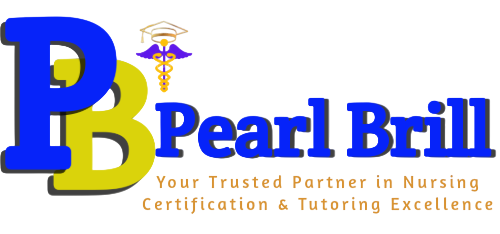Nursing Assignment Help and Essay Writing Services Samples - Evaluating the Mission of AHRQ
Nursing Assignment Sample - Evaluating the Mission of AHRQ
Outcomes
- Understanding the Mission of Agency for Healthcare Research and Quality
- Evaluating the Core Competencies Located on the AHRQ Website
- Evaluating the CUSP Toolkit and How it Supports Patient Outcomes.
Assessing the Function of Agency for Healthcare Research and Quality (AHRQ)
The discussion below entails an analysis of the function of the Agency for Healthcare Research and Quality (AHRQ), its purpose, fundamental competency, its function to healthcare practice, and the comprehensive Unit-based Safety Program (CUSP) toolkit.
Evaluating the Mission of AHRQ
The aim of AHRQ involves generating sufficient evidence and insights to improve quality care and safety. Similarly, it fosters the availability, impartiality, and affordable healthcare for every individual regardless of the diversity affiliation. Notably, AHRQ works under the US Department of Health and Human Services and collaborates with other stakeholders to guarantee knowledge and evidence usability and interpretation (AHRQ, 2020). The main competencies that assist in attaining the objectives comprise studying health systems, improving training, and analytics. Presently, data and analytics are central in making informed decisions and developing effective management or healthcare improvement approaches.
The Competence of Improving Practice
AHRQ is committed to assisting frontline healthcare workers and facilities in providing safe and quality care. This is central in promoting recovery and reducing the length of stay in the hospital. Additionally, it creates, assesses, and shares the approaches and means that aid in improving collaborative care. The purpose of this expertise to coordinated care is based on understanding the significance of the methods that will enhance quality care for the patients in the long term. AHRQ also offers adequate knowledge about effective policies and means of promoting safety and quality patient results.
CUSP Program
The CUSP is a method that helps clinicians to foster quality care and safety through collaborative practice, effective trainings, and safety science. The primary CUSP initiatives are applying collaborative practice and communication, which entails identifying and addressing communication hurdles. The CUSP toolkit is essential in showing the significance of clarity and efficient communication, interpersonal challenges, and the application of collaboration and communication methods. Communication is crucial in promoting the quality of healthcare delivery, particularly for patients with chronic conditions (Tulsky et al., 2017). It also boosts healthcare approaches, like person-centred care and collaborative practice.
In conclusion, AHRQ ensures the provision of quality care and safety. Communication is central in achieving the person-centred care objectives. This is based on engagement with the patient to determine one’s healthcare needs and to enhance the person’s awareness and knowledge about the condition and the management strategies.
For a Full Paper as a Sample or a unique, high-quality, and customised paper or assignment done by a professional writer, kindly reach through:
Email: pearlbrill.pb@gmail.com
WhatsApp: +1 689 247-7728
References
Agency for Healthcare Research and Quality. (2020). AHRQ. Retrieved May 20, 2020 from: https://www.ahrq.gov/
Tulsky, J. A., Beach, M. C., Butow, P. N., Hickman, S. E., Mack, J. W., Morrison, R. S., ... & Pollak, K. I. (2017). A research agenda for communication between health care professionals and patients living with serious illness. JAMA internal medicine, 177(9), 1361-1366.
Nursing Assignment Help Samples - Mathematics| Probability

Contact us
Your Trusted Partner in Nursing Certification & Tutoring Excellence
- Phone: +1 689 2477728
- Email: pealbrill.pb@gmail.com
